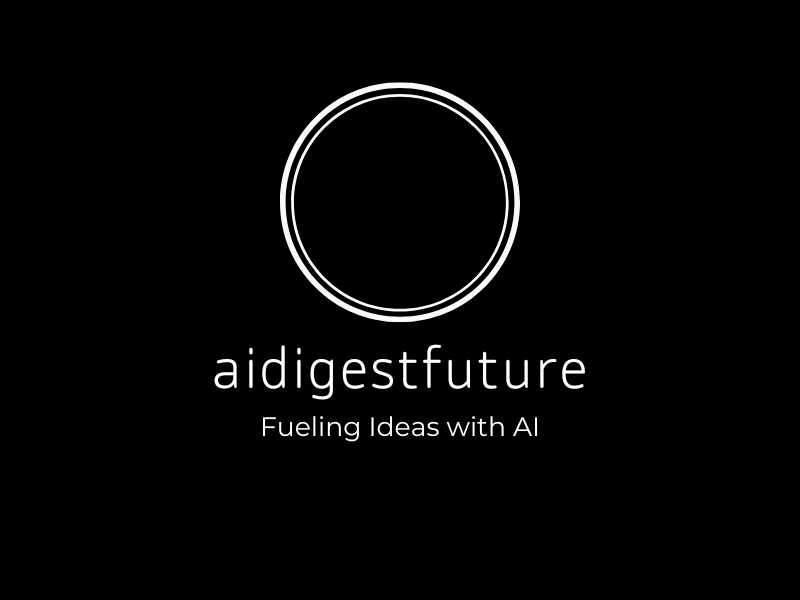
Introduction
In an era where artificial intelligence (AI) is transforming biomedical research, building trust in public AI-powered biomedical research has never been more critical. With this revolutionary technology promising breakthroughs in drug discovery, personalized medicine, and disease prevention, public trust is the cornerstone for its widespread adoption and success. Yet, concerns over data privacy, ethical AI, and transparency still pose significant challenges. Let’s explore how we can identify the key opportunities to strengthen public trust and cement AI’s role as a catalyst for better health outcomes.
Why Trust Matters in AI-Powered Biomedical Research
Public trust forms the backbone of any innovation that relies on personal health data and cutting-edge computational models. If we fail to nurture trust, there’s a risk of data withdrawals, reluctance to adopt AI-derived treatments, and skepticism toward clinical decisions powered by machine learning. So why is building trust in public AI-powered biomedical research so significant? Here are some key considerations:
- Data Sharing: For AI to deliver meaningful insights, high-quality and diverse datasets are vital. Without trust, data from underserved populations may become underrepresented, compromising the inclusivity of research outcomes.
- Transparency: Trust comes when systems are transparent, allowing patients and practitioners to understand how AI models arrive at specific conclusions.
- Ethical Responsibility: Biomedical applications demand the highest ethical standards and fairness to prevent misuse, bias, or harm.
By addressing these dimensions, we can unlock breakthrough opportunities to establish lasting public confidence.
Key Opportunities to Build Trust in Public AI-Powered Biomedical Research
1. Enhancing Transparency and Explainability
The lack of transparency in AI-powered solutions has often fueled distrust. Many algorithms operate as “black boxes,” making it difficult for the public to understand how decisions are made.
How can this be improved?
- Explainable AI (XAI): Integrate machine learning models capable of producing interpretable and human-readable explanations.
- Clear Communication: Research institutions should actively demonstrate how data feeds into AI models, what predictions are being made, and why these predictions are valid.
- Open Access Policies: Promote publicly available research studies and algorithms to foster understanding and encourage independent verification.
When biomedical systems are both effective and transparent, trust grows organically.
2. Strengthening Data Governance and Privacy
One of the biggest barriers in public participation has been the fear of compromised personal health data. To alleviate concerns, organizations must implement robust data governance frameworks.
What practices help ensure data privacy?
- Data Anonymization: Always remove identifiable elements from datasets without impairing the analytics process.
- Clear Consent Mechanisms: Ensure participants understand how their data is being used, stored, and shared.
- Cybersecurity Measures: Invest in state-of-the-art encryption methods and breach-resistant systems to create a secure research environment.
Building trust through policy-driven, privacy-first approaches will also garner regulatory approval and public endorsement.
3. Promoting Ethical AI Development
Ethics play a fundamental role in shaping the future of AI-powered biomedical research. To avoid biases and unintended consequences, ethical AI frameworks must be deeply integrated into innovation pipelines.
Guidelines for ethical AI development include:
- Identifying Bias: Train and validate AI models on diverse datasets to ensure equal representation across genders, regions, and socioeconomic classes.
- Cross-Disciplinary Review: Collaborate with bioethicists, legal experts, and community representatives to ensure AI practices align with societal expectations.
- Accountability: Establish mechanisms where stakeholders can be held accountable for harm caused due to unethical AI adoption.
Ethics isn’t a choice; it’s a necessity for establishing public assurance in biomedical research.
4. Engaging the Public and Stakeholders
Trust cannot just be demanded—it must be earned through active engagement. Involving individuals in meaningful ways not only generates goodwill but also lays the groundwork for collaborative partnerships.
How to increase public participation?
- Public Education: Host workshops, webinars, and informational content to simplify AI concepts for the general audience.
- Feedback Systems: Offer avenues for patients to voice concerns or experiences with AI-powered systems.
- Co-Creation Models: Foster partnerships with patient advocacy groups and healthcare professionals to align research on real-world needs.
Participation creates ownership, contributing to quicker adoption and trust in cutting-edge medical innovations.
5. Building Collaborative Ecosystems
AI-powered biomedical research thrives on collaboration. By creating global alliances and partnerships, we can set shared standards, reduce barriers, and amplify trust among all stakeholders.
Strategies for collaboration:
- Global Data Networks: Work with international organizations to build diverse and inclusive data repositories.
- Industry and Academia Partnerships: Share data, methods, and AI tools across institutions to ensure transparency and accelerate results.
- Policy Harmonization: Align AI regulations across borders to prevent regulatory fragmentation and promote trust at a global scale.
With shared accountability, the research community can position itself as a unified force in advancing AI-driven health discoveries.
Conclusion
Building trust in public AI-powered biomedical research is not a one-time effort; it is an ongoing, collaborative journey. By prioritizing transparency, data privacy, ethics, education, and partnerships, the research community has unparalleled opportunities to transform skepticism into unwavering trust. In this rapidly growing field, trust isn’t just essential—it’s the driving force for sustainable innovation.
At AI Digest Future, we explore the complexities of such transitions in biomedical AI. Dive into more thoughtful perspectives by browsing through our [AI Research Insights](https://www.aidigestfuture.com/blog/ai-research-insights) or explore related topics on [AI in Healthcare](https://www.aidigestfuture.com/blog/ai-in-healthcare). Together, let’s empower biomedical research with the awareness and trust it deserves.
External Resources to Deepen Your Understanding
For further reading, explore these insightful articles and reports from reputed institutions:
1. [World Health Organization on Ethics and Artificial Intelligence in Health](https://www.who.int)
2. [Stanford University’s Center for Biomedical Ethics](https://bioethics.stanford.edu)
3. [National Institutes of Health Guide to AI in Biomedical Research](https://www.nih.gov)
4. [Nature Research on AI and Biomedical Applications](https://www.nature.com)
5. [Harvard University Perspectives on AI Ethics](https://www.harvard.edu)
6. [MIT Technology Review: AI in Medicine](https://www.technologyreview.com)
7. [Google AI Blog on Neural Networks in Healthcare](https://ai.googleblog.com)
8. [The Alan Turing Institute’s Ethical AI Frameworks](https://www.turing.ac.uk)
9. [Forbes Coverage of AI Trends in Medicine](https://www.forbes.com)
10. [IBM’s Research Insights on Trusted AI](https://www.ibm.com/research)
By leveraging these resources and strategies, we can collectively move toward a trusted ecosystem in AI-powered biomedical innovation!
